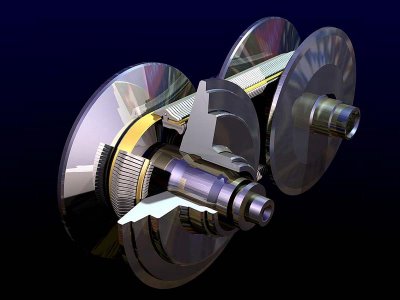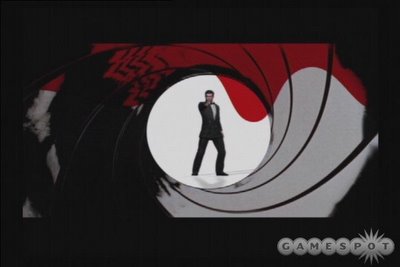Auto Tech -> CVT (Continuously Variable Transmission)



Nissan's CVT transaxle
Continuously Variable Transmissions are not new. Leonardo da Vinci even made a sketch of one in 1490, and several attempts were made to put them in automobiles at the start of the century, but it took until 1958 before DAF, a Netherlands car company built a CVT in any volume. The transmission was a simple rubber band and cone system but it could only be used behind low horsepower engines, was jerky at slow speeds and caused high engine speeds and increased passenger compartment noise levels.
Today, CVT's are used by several manufacturers. Honda has one on a Civic sedan sold in the U.S. Audi, Subaru, and Saturn have or are offering CVT transmissions, but the latest one on the market comes from Nissan in their stylish Murano SUV.
Simplistic in concept, modern CVT's are a marvel of materials and engineering technology. Several different designs have been used over the years. The "toroidal" design uses a moveable roller between two curved metal plates. One plate is the input and the other plate is the output. By changing the angle and position where the roller touches the plates, the gear ratio is varied. Another CVT uses a rubber belt that transfers power between two variable width pulleys. If you have ever driven a snowmobile, you have used this type. The most common CVT today uses a steel push belt running between two variable width pulleys, similar to that snowmobile.
Nissan's new Murano SUV uses a steel push belt in its CVT. The belt technology is what makes the high torque transfer possible from Nissan's 3.5 litre V6 engine. The belt is made of a series of small plates held in position by a cable. When torque is applied to the belt as it comes off the drive pulley, the plates lock together so the belt acts as a solid link. As the belt starts to rotate around the driven pulley, there is no more torque on the belt and it becomes flexible again. Imagine trying to push a rope. Every time you push it, it turns into a stick, but pull on it and it becomes a rope again. Sounds like magic. The oil used in this CVT is part of that magic.

Nissan is using a special oil that helps lock the steel belt to the pulleys but it also lubricates and cools the transaxle. The best way to describe the oil is that it contains "rubber molecules" that provides the grip between the belt and the pulleys. As pressure is applied to the oil, the "rubber molecules" compress, turning into a crystalline form that locks the belt and pulley together. Relax the pressure and the oil returns to its original state.
Heat is a major concern with a CVT design. The Nissan CVT can operate at 200 degrees C, so a special oil is needed that will not break down at these high temperatures. The Murano also incorporates three transmission coolers to prevent the oil from overheating.
A few more parts are needed to make a functional transaxle. One clutch and a simple planetary gearset, the same as used in automatic transmissions, are used to allow neutral and reverse. Nissan has added a torque converter for smoother operation at very low speeds. Once under way, the torque converter locks up at 18 kph so the CVT belt and pulleys provide all the gear advantage.
Oil pump, a small valve body, speed sensors, and a control make up the rest of the CVT. When seen apart, it looks like there are very few pieces, but you can't see the programming that goes into the control computer. Much development and research has gone into designing control systems that provide the correct gear ratio for every driving application. The Murano SE model also allows the driver to manually select seven different ratios so the CVT can be shifted like a 7-speed manual transmission.
Steel belt CVT's can approach 97% efficiency, similar to manual transmissions. Conventional automatic transmissions typically have efficiency in the 80% range. The increased efficiency and always-correct gear ratio enables CVT equipped vehicles to achieve up to 10% better fuel economy, lower engine emissions, and faster acceleration compared to conventional automatics. The future looks promising for CVT's. Its only real competition is the new computer shifted manual transmissions a couple manufacturers are just starting to produce.
More info.: http://www.lasercannon.com/cvt.htm




0 Comments:
Post a Comment
<< Home